a sabbatical rest, day 121
Seven of the ten tallest mountains of the world are in Nepal, and one of them is Annapurna, the 10th tallest at a mere 26,545 (compared to Everest at 29,029). Last week we drove into the Annapurna conservation district, past Annapurna up into Mustang, one of the more remote areas near the China border. We spent a night in Jomsom, and drove up above the tree line to the Muktinath Temple. The Temple was at about 13,000 feet (ca. 4 km), set against the backdrop of Nilgiri (23,166 ft (ca. 7 km).) and Dhaulagiri (7th tallest at 26,795 ft (ca. 8 km).)
Breathtaking is a good word. Majestic is better.
We started from Pokhara with our Nepali friends RIchan, Bailyena and their daughter Sameka and drove about 9 hours in a Scorpio, a jeep-like vehicle manufactured in India. We had a driver, who had made the trip several times before. The 9-hour trip only covered about 90 miles (ca. 145 km) with a tea break, a lunch break and several checkpoints (Katie and I had to have tourist passes what we bought in Kathmandu for about $25 USD each.) For the last 50 miles (ca. 80 km) we followed the Kali Gandaki River, which flows from Tibet down to the Ganges in India.
The river has the world’s deepest gorge. The width of the river bed varies considerably, but at some points must be half a mile wide. Frequently, the only way to get from side to side are suspension bridges built for foot traffic only. The road, almost all of it under construction and only open for certain hours, is the largest public works projects I’ve ever seen. For now, it is extremely dusty. And rough. (Short straw gets the jump seats in the back.) Often we would go down and drive on the riverbed, since the road was closed or impassable.
We stopped along the way and walked through the village of Marpha, famous for its apple orchards and local architecture, which includes narrow flag-stone streets covering an efficient drainage system and small homes with flat roofs and courtyards. They stack firewood three or four feet deep on the roofs because of the strong winds that flow up the valley. (Because of the wind planes can only come into the small airport in Jomsom for a few hours early in the morning.)
We spent the night in Jomsom, with Nilgiri outside our window. And the next morning we drove further up the river gorge to Muktinath. This famous Temple is revered by both Hindus and Buddhists. It was closed because of Covid-19, but we saw some Sadhus (Hindu holy men) smoking pot outside the gate, and solar-powered rice cookers at some homes in the village. Here the mountains become more prominent, set against the stoney, treeless landscape. Did I mention majestic? It really was. Dazzling snow capped peaks set off by brown, barren wilderness, God’s creative handiwork where few people live or travel.
We drove back to our hotel for a late breakfast, and then back to Pokhara. The trip was a little shorter, although we stopped by a waterfall. We were hoping to stay there another night; it is considered the tourism capital of Nepal, because of its proximity to the mountains and the famous 1.7 square mile Fewa Lake. The boat rentals were closed, and restaurant hours were restricted. The government had so announced a Covid-19 related lockdown (they are calling it a prohibitory order) and were closing down traffic into the Kathmandu valley, so we came home a day early. We slept in, had lunch at a wonderful French Creperie, and headed home—usually a 7-hour drive along much better (paved) roads.
About 20 miles (ca. 32 km) out of Kathmandu we got into a traffic jam, as thousands were streaming out of the city on over-crowded buses, vans and trucks, trying to get out of the city before the lockdown. It took us 6 hours to cover those last 20 miles (ca. 32 km).
But we had been to the top of the world.
And it was majestic.

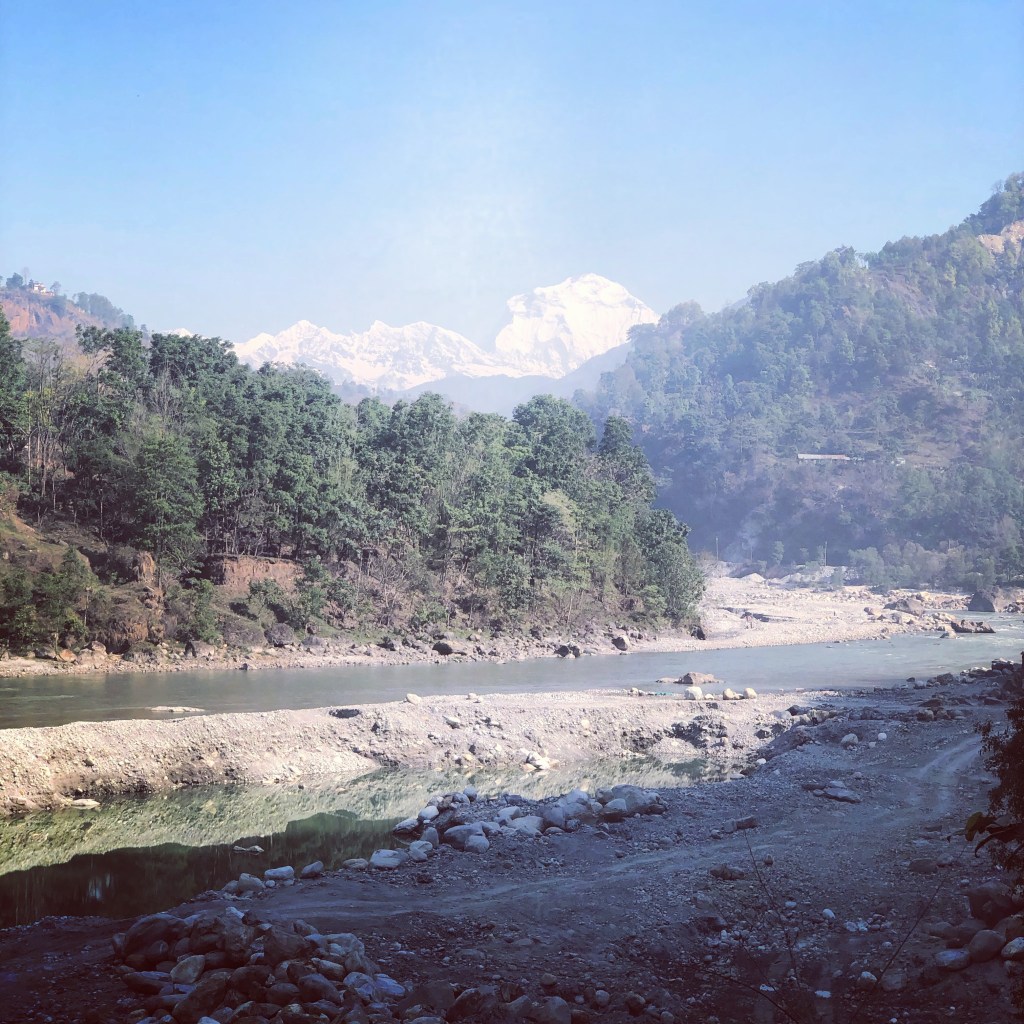

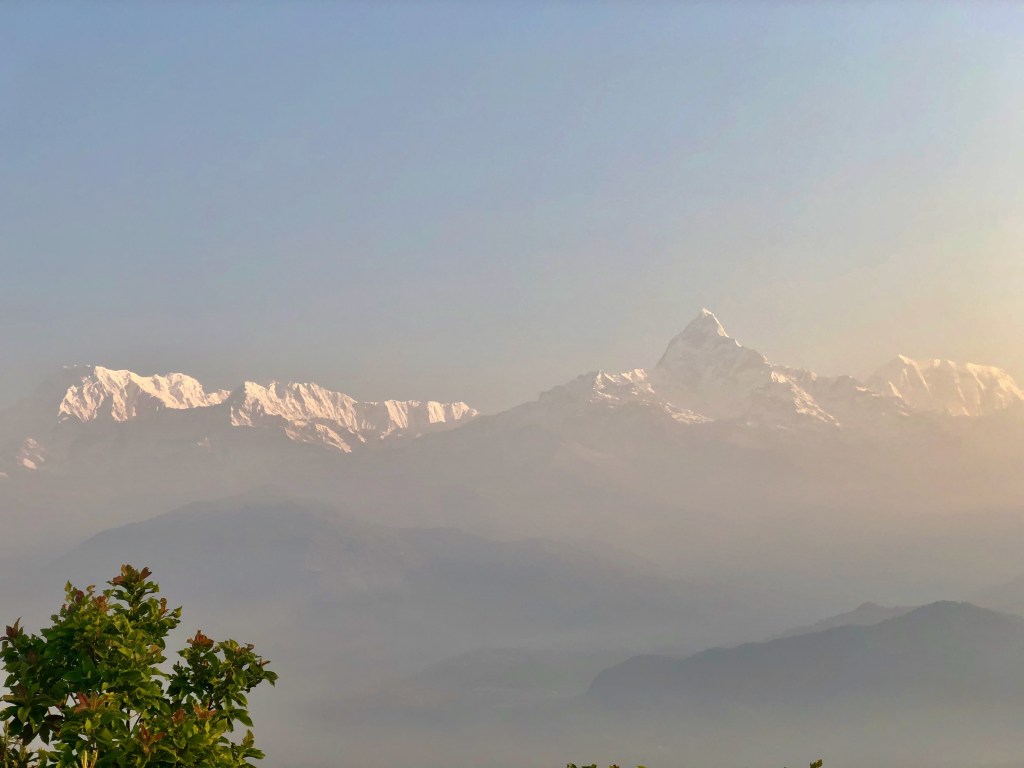



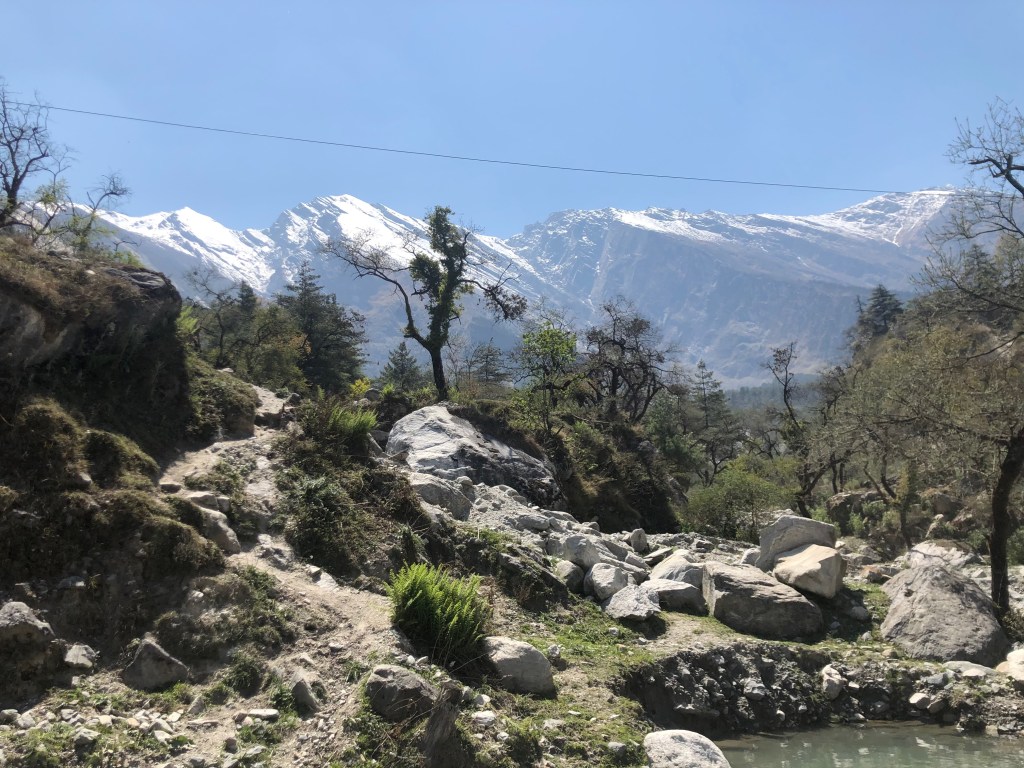



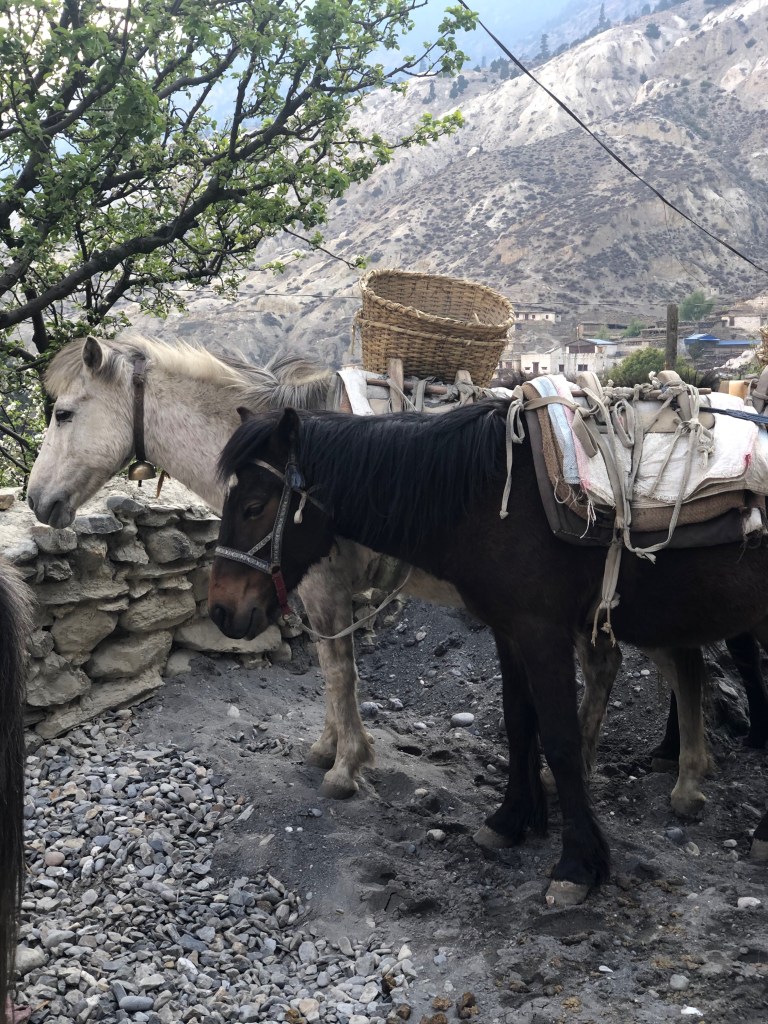




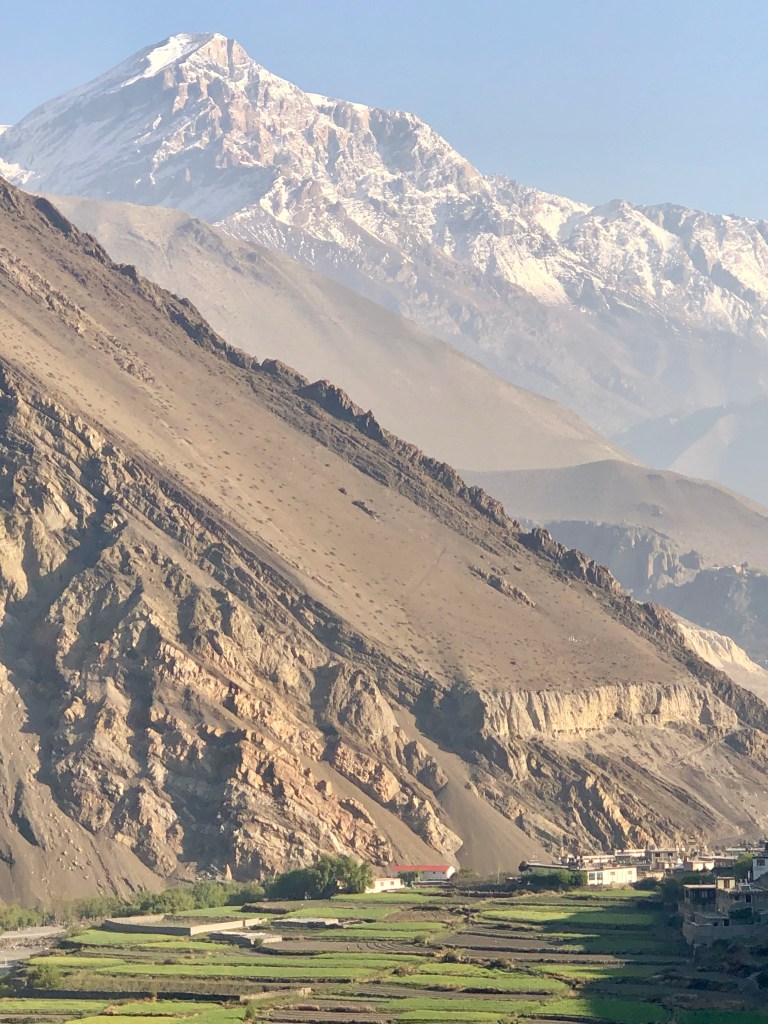




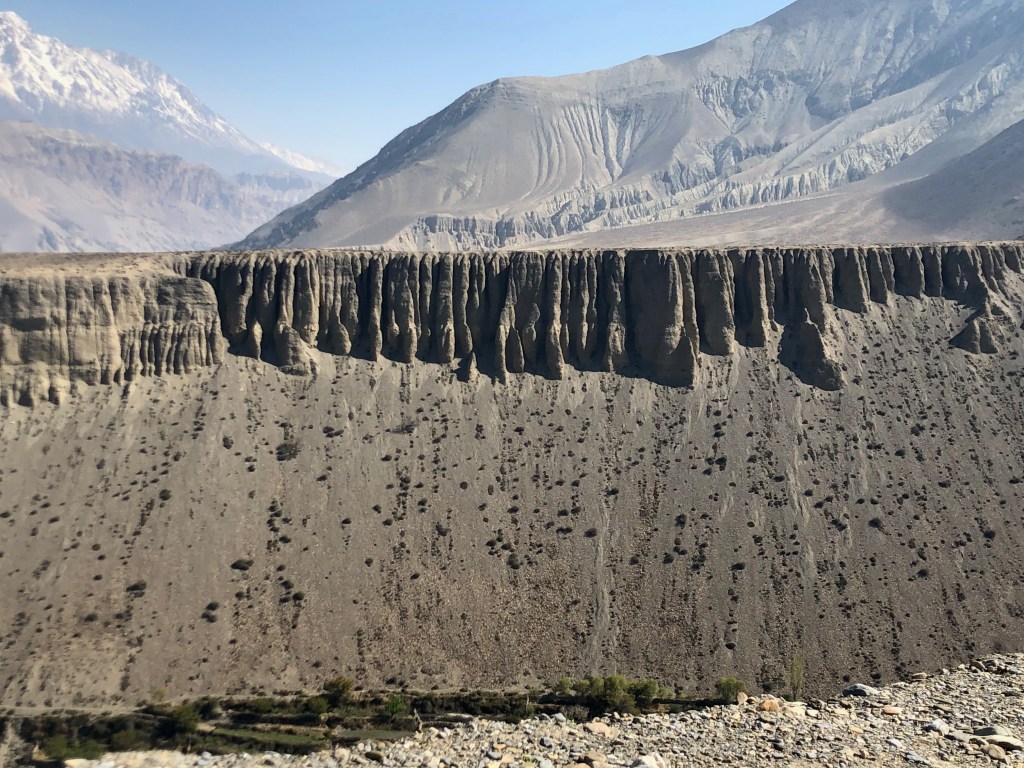

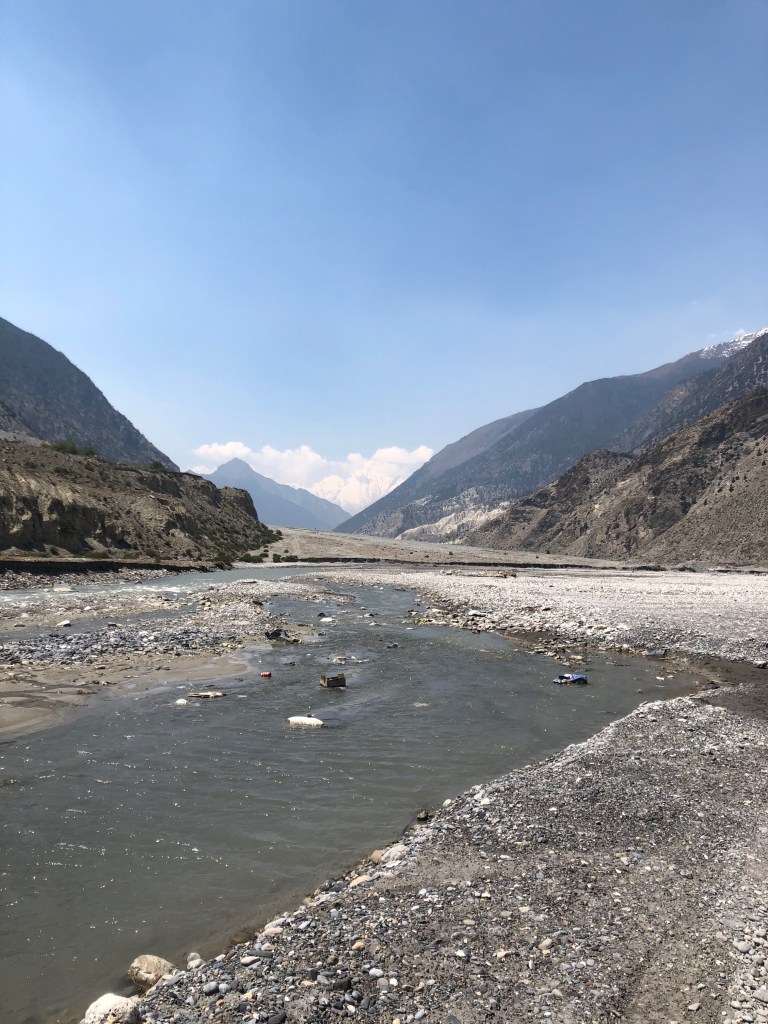
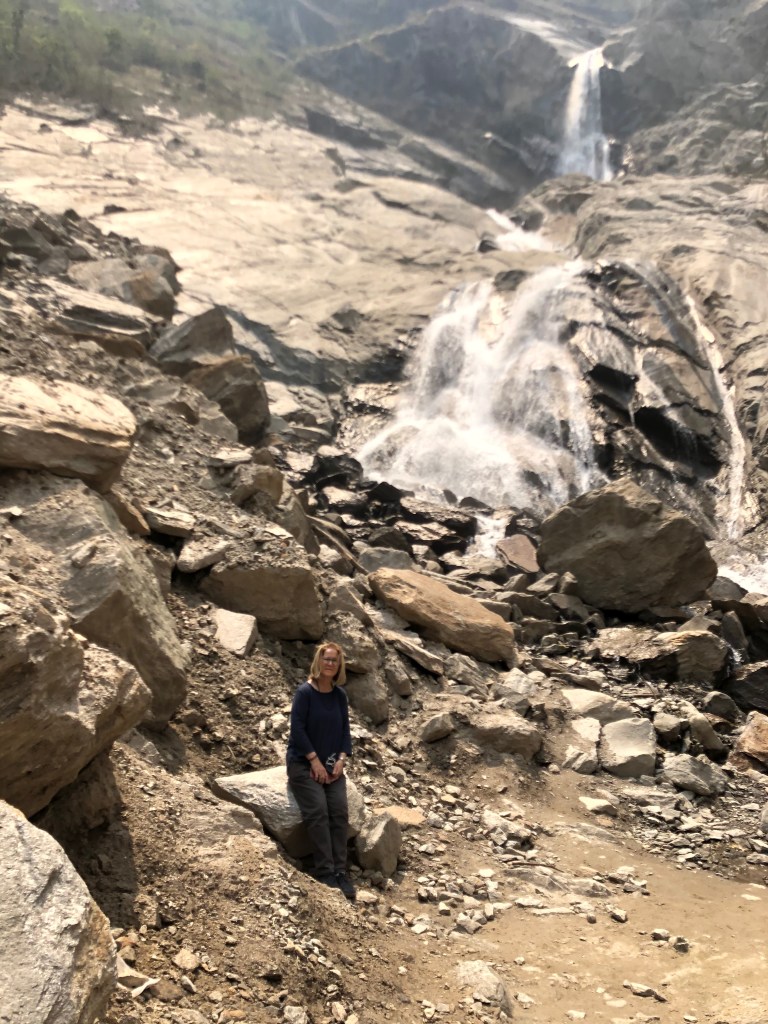


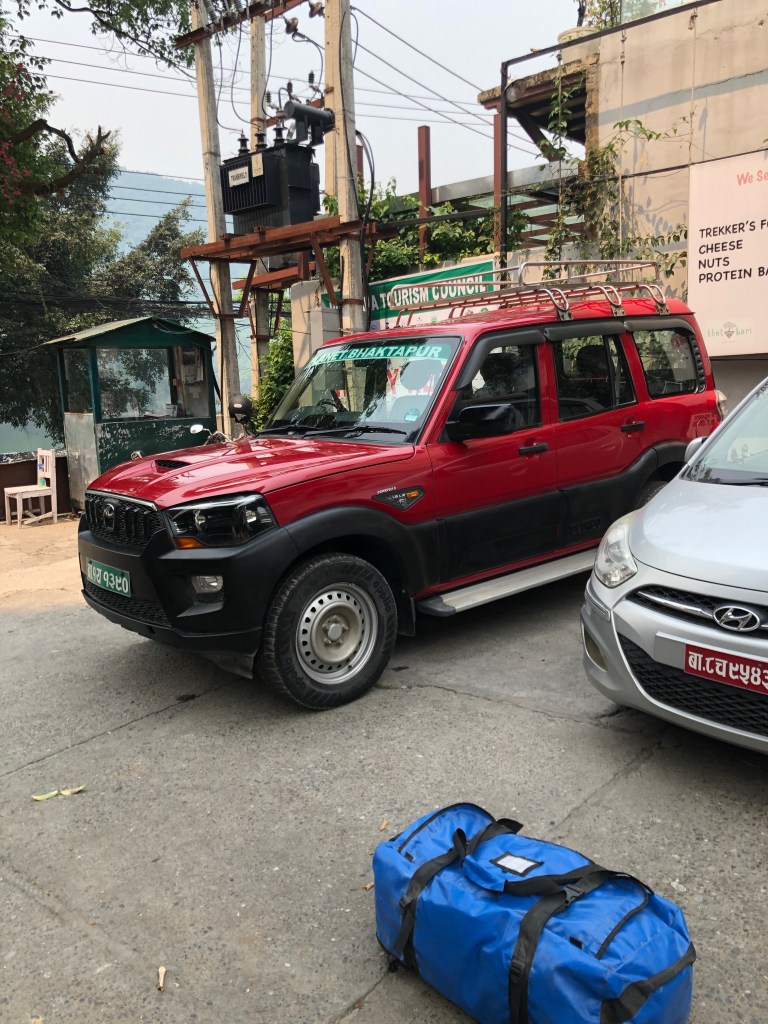

[…] came back a day early from a trip to the Annapurna conservation district because they had announced a one-week ban on travel into or out of the Kathmandu valley where we […]
[…] A third goal was to be a better culture guide when we bring students to Nepal from our university in Michigan. We wanted to make new contacts and explore new venues. We did, starting with the university faculty here and small business owners in our neighborhood. Not only that, but we spent time in Bhaktapur with people from a new (to us) tribal group. And we went to new places, including the Mustang mountains. […]
[…] have seen the pictures and the movies: snow-capped peaks and rugged landscape. I’ve already written about that. But the country itself is subtropical. In fact, Kathmandu is the same latitude as Orlando, […]